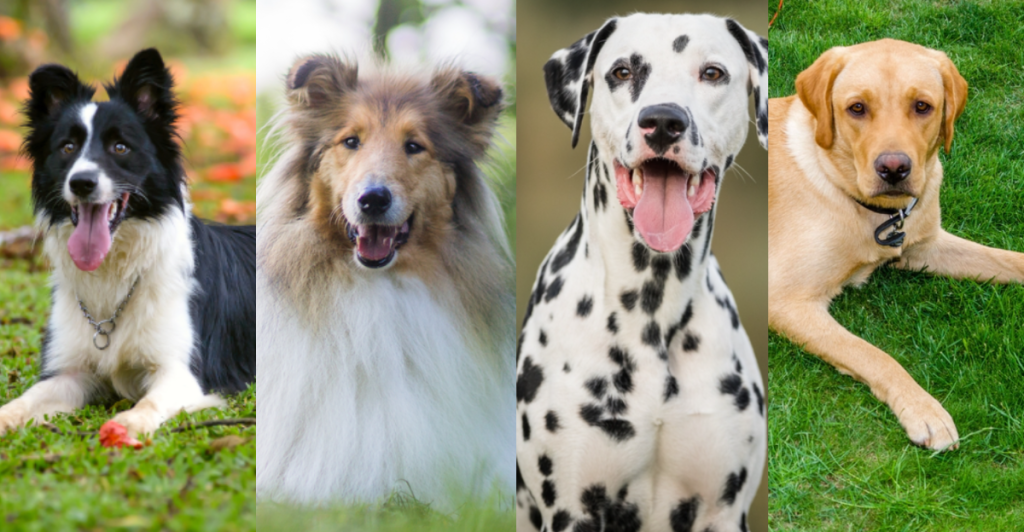If you really don’t like dog hair in your home, you should steer clear of these 25 popular dog breeds.
Others are reading now
If you’re not a big fan of having dog hair all over your home, you should probably steer clear of these 25 popular breeds. There’s nothing cozier than snuggling in bed or on the couch with your furry best friend—until you realize the blankets and cushions are covered in thousands of clingy hairs. For many people, a heavy-shedding dog is a dealbreaker, so if you hate dog hair, these are the ones you’ll want to avoid.
We’ve ranked the top 25 shedders from “least” to “most” hair in the house.
25. Dalmatian
Also read
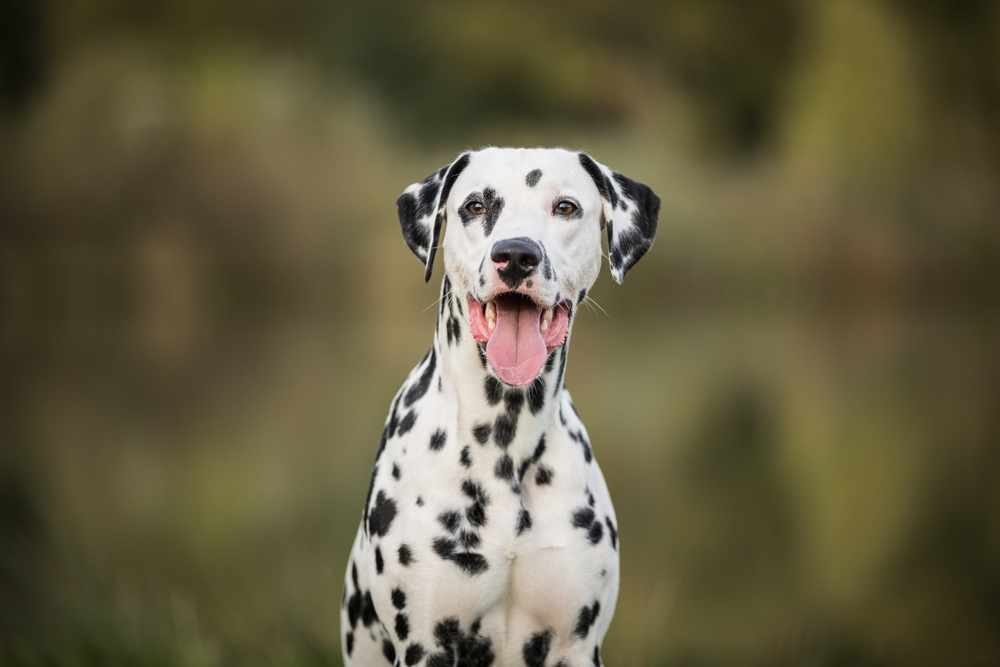
The Dalmatian has a short, sleek coat but still manages to shed surprisingly heavily. They usually shed lightly yet consistently throughout the year, without major seasonal blowouts. You’ll quickly notice the small white or black hairs on furniture and clothes, as they tend to stick to just about everything.
24. Beagle
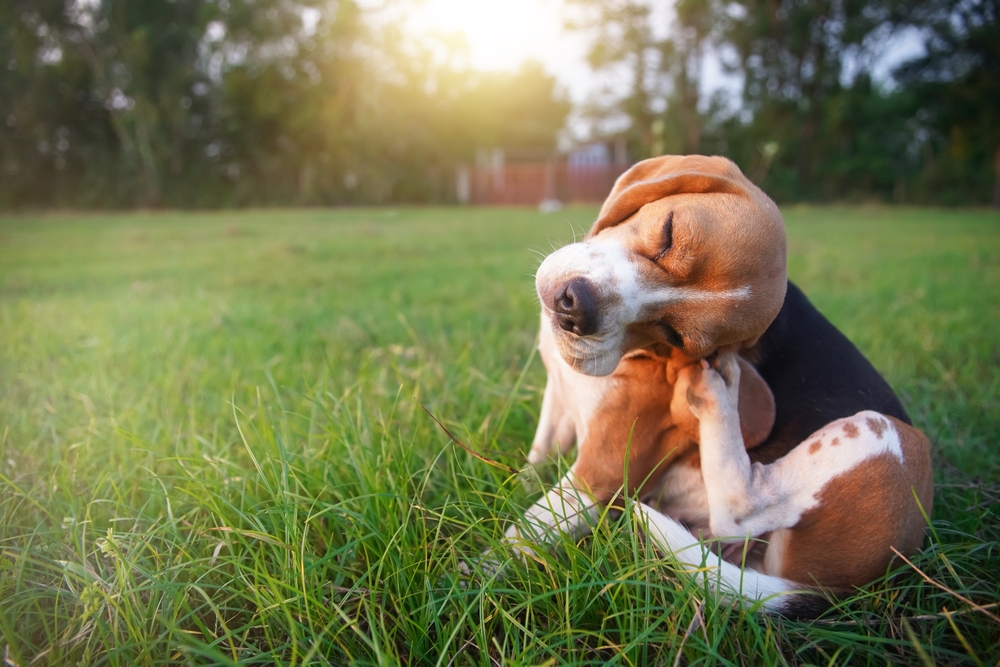
Beagles have a short, dense coat with a soft undercoat. They shed evenly year-round, but you might see an uptick in spring and fall. While you won’t get giant clumps of hair like you might with a long-coated dog, you’ll still find plenty of stray hairs around the house.
23. Jack Russell Terrier
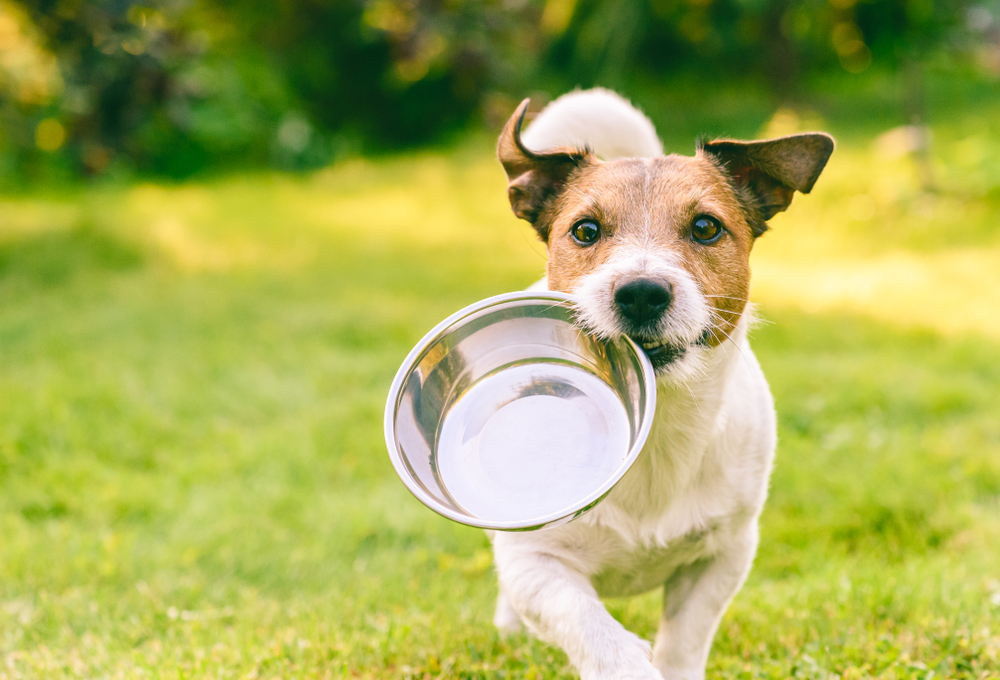
This little terrier can have either a smooth or a rough coat. Regardless of coat type, Jack Russells typically shed all year long, though it’s not usually extreme. Regular brushing can significantly cut down on the amount of hair they leave around.
22. Rottweiler
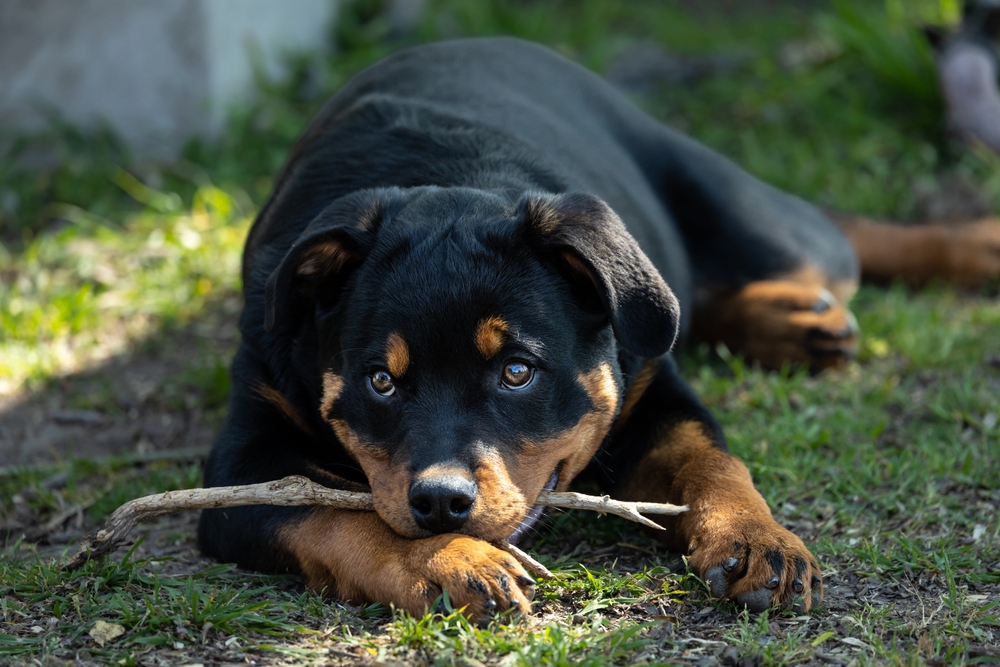
Rottweilers have a short double coat—there’s a thick undercoat underneath the smooth topcoat. They shed steadily year-round, with a bit of extra shedding in spring and fall. The shorter black hairs can get embedded in furniture and clothing, but you won’t usually see giant fluffy clumps like you would with a long-haired breed.
21. English Springer Spaniel

English Springer Spaniels sport a medium-length, wavy coat. They shed moderately all year but more noticeably during typical shedding seasons. Regular brushing helps remove loose hair and prevents mats or tangles.
20. Labrador Retriever
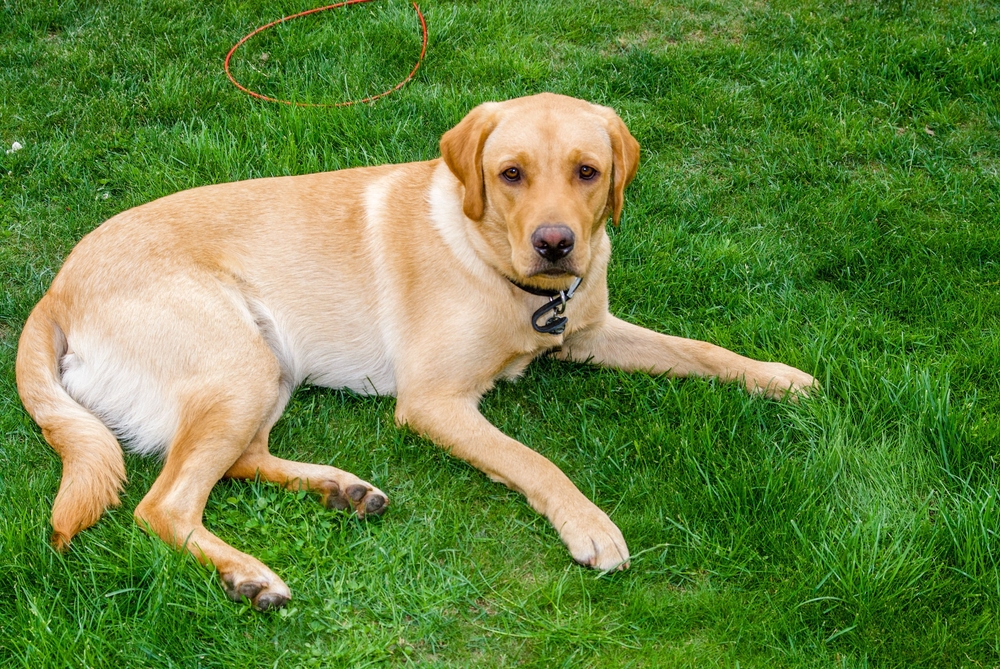
Labs have a short coat, but don’t be fooled—there’s a thick undercoat beneath. They shed quite a bit year-round, and you’ll really notice it in spring and fall. Indoor Labs often experience extended shedding cycles because of artificial light and warmer temperatures.
19. Golden Retriever
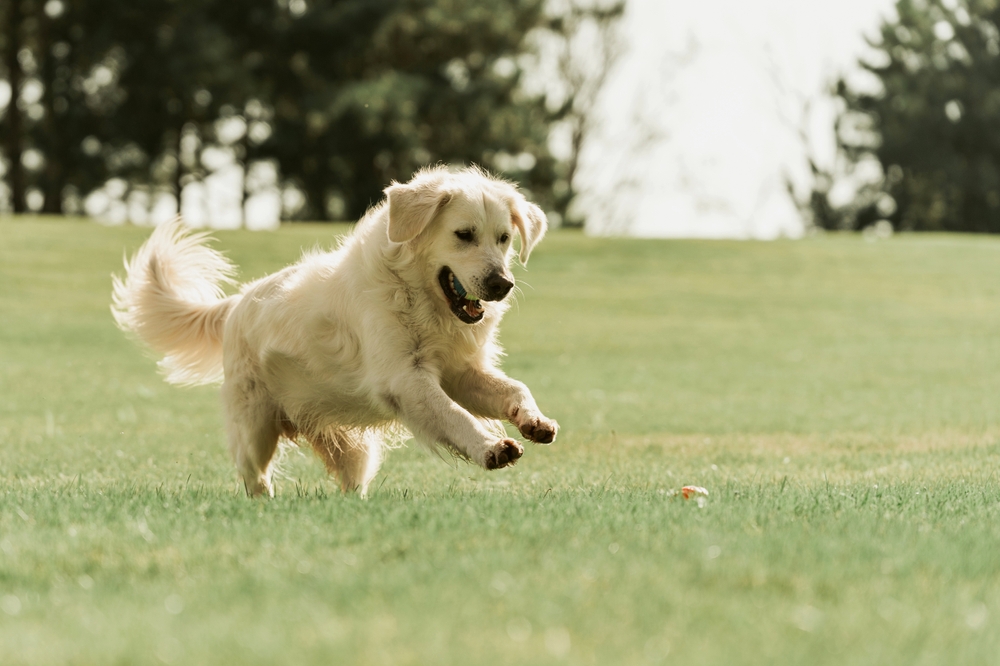
Golden Retrievers have a soft, medium-length coat with a dense undercoat. They shed moderately on a constant basis, but things ramp up when they transition from winter to summer coat and vice versa. Thorough, frequent brushing helps manage the fur fallout.
18. Shiba Inu
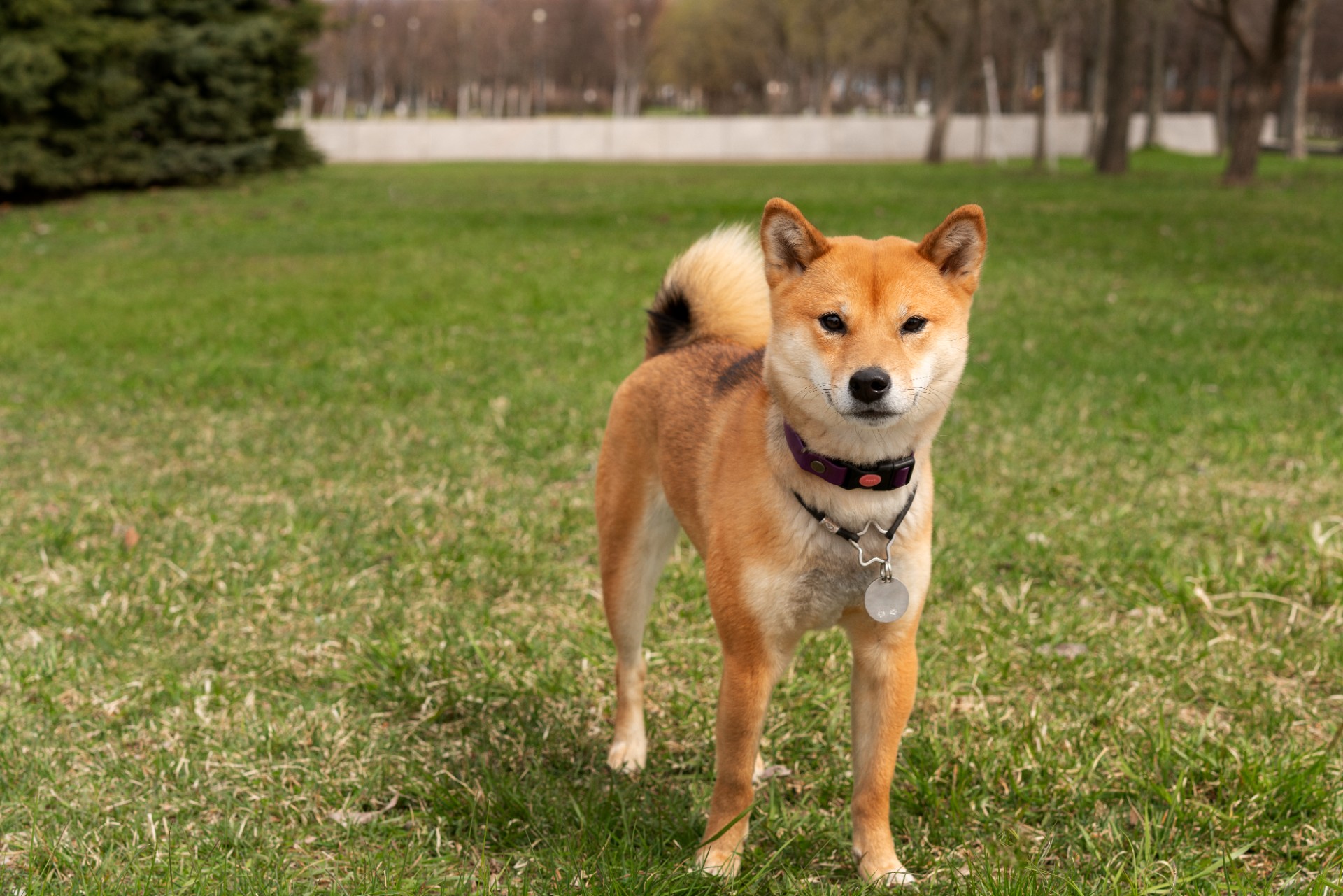
Shiba Inus are small spitz-type dogs with a short, dense double coat. They blow their undercoat in the spring and fall, leaving noticeable tufts of fur everywhere. The rest of the year, shedding is more moderate—still there, but not nearly as intense.
17. Corgi (Pembroke/Cardigan)
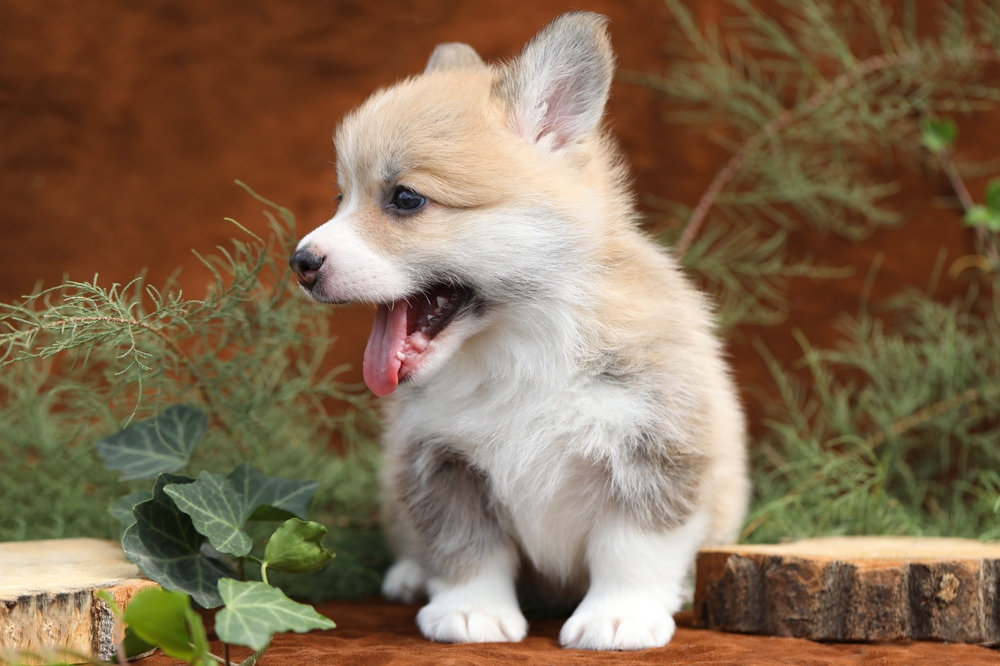
Both Pembroke and Cardigan Welsh Corgis have a short-to-medium double coat. They can shed quite heavily all year, but especially during shedding seasons. At those times, you might feel like you could build another Corgi out of all the loose fur. Daily or frequent brushing really helps.
16. Collie (Long-Haired)
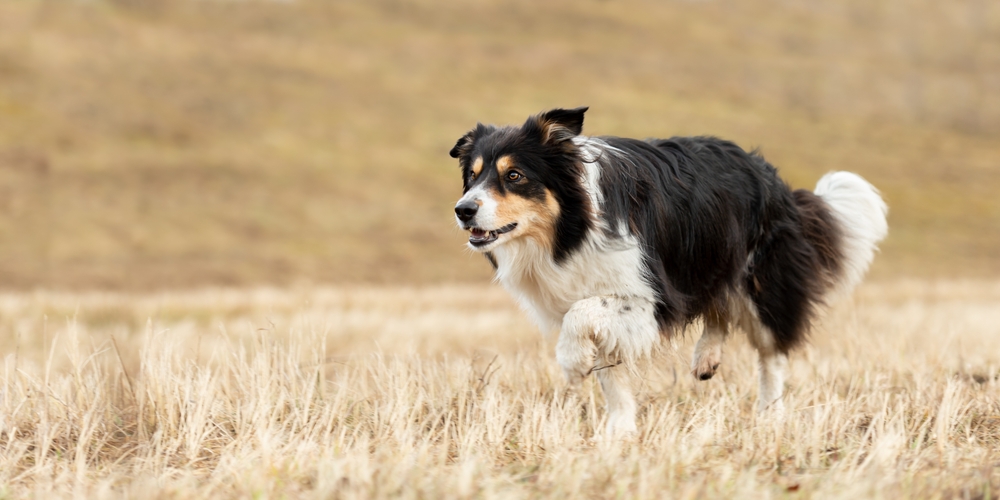
Long-haired Collies have that distinctive, full coat with a thick undercoat. They shed at a steady rate, with a notable upswing in spring when the undercoat comes out in big clumps. A good brushing routine is essential to stay on top of the fur situation.
15. Rough Collie
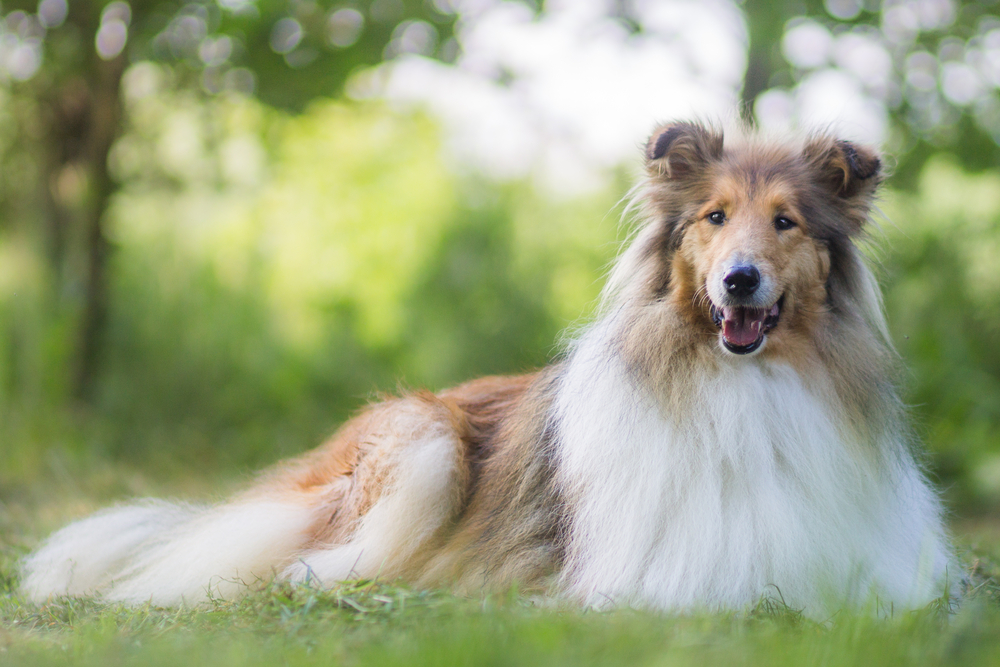
Very similar to the long-haired Collie mentioned above—“Rough” simply refers to the long, coarse outer coat. They typically shed a bit more than the smooth-coated varieties, especially when the undercoat loosens up during shedding seasons.
14. American Eskimo Dog
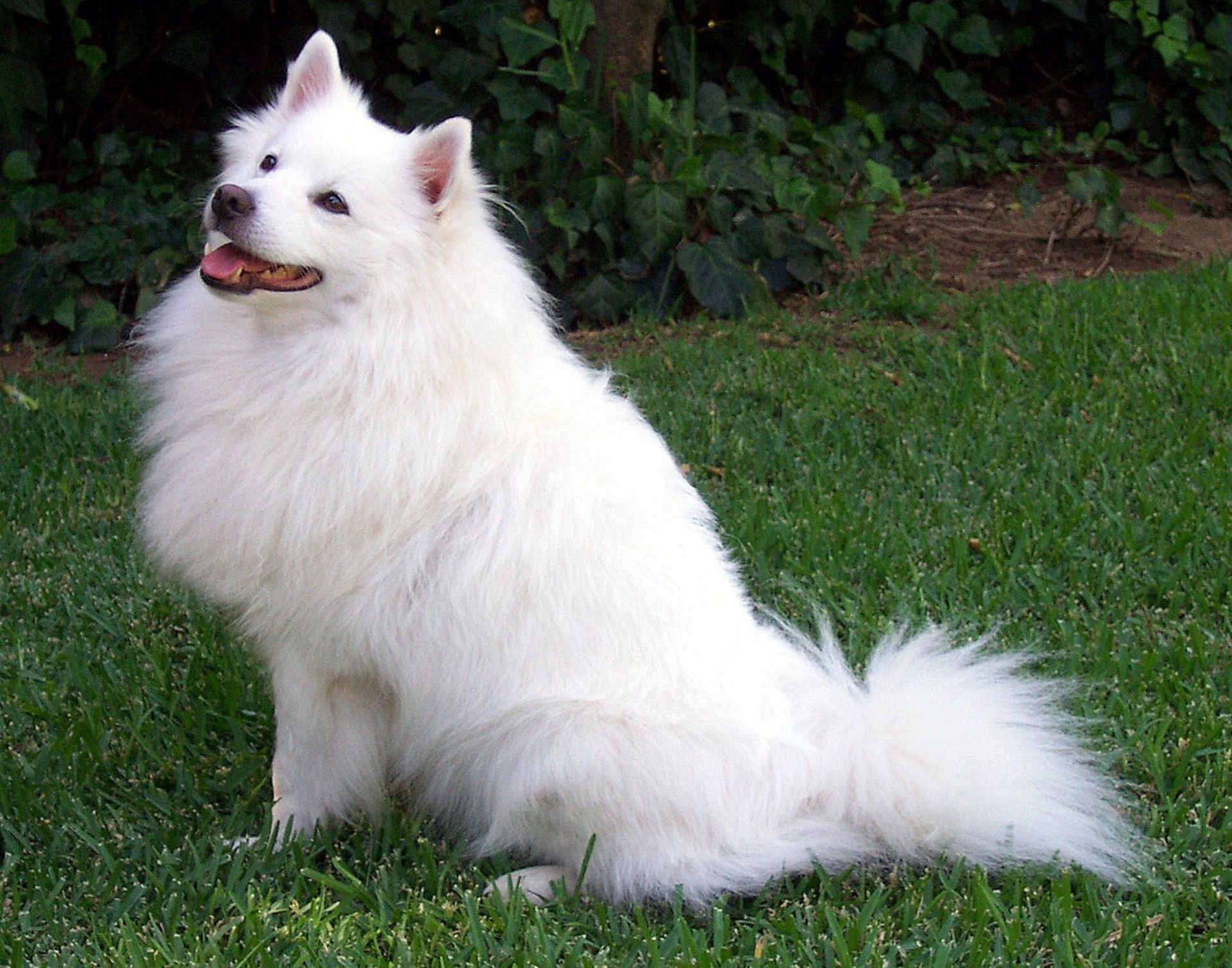
This small- to medium-sized breed has a thick, white double coat. They shed heavily when blowing their undercoat, typically in spring. The rest of the year, shedding is still noticeable but not quite as dramatic as in the peak seasons.
13. Pomeranian
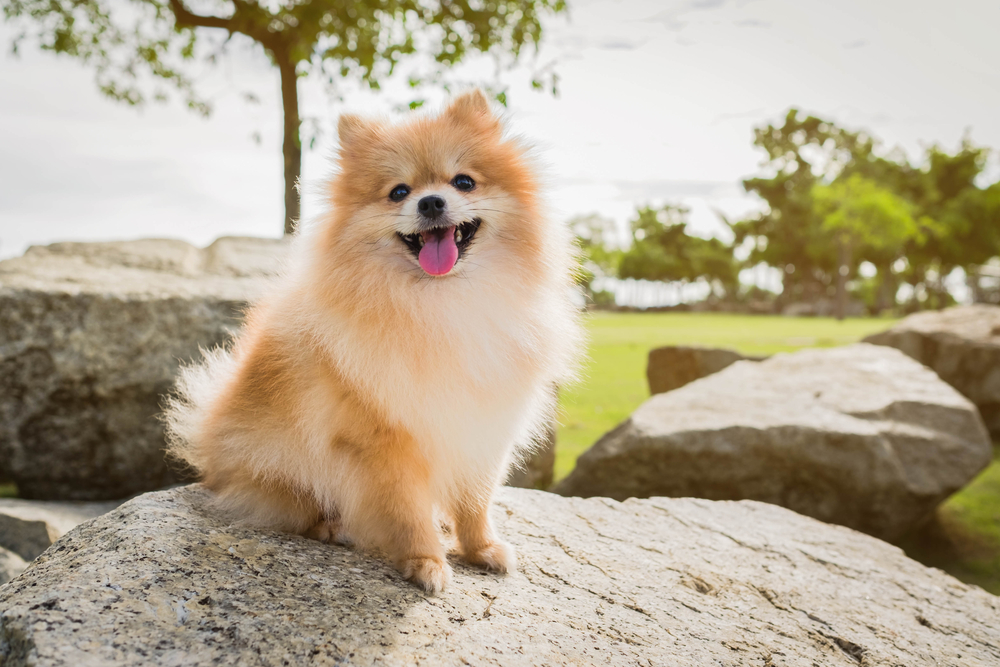
Despite their tiny size, Pomeranians pack a lot of fluffy coat. They shed year-round, but it’s especially noticeable when transitioning between winter and summer coats. Frequent grooming is a must to keep tangles at bay and minimize the little tufts of fuzz everywhere.
12. Chow Chow
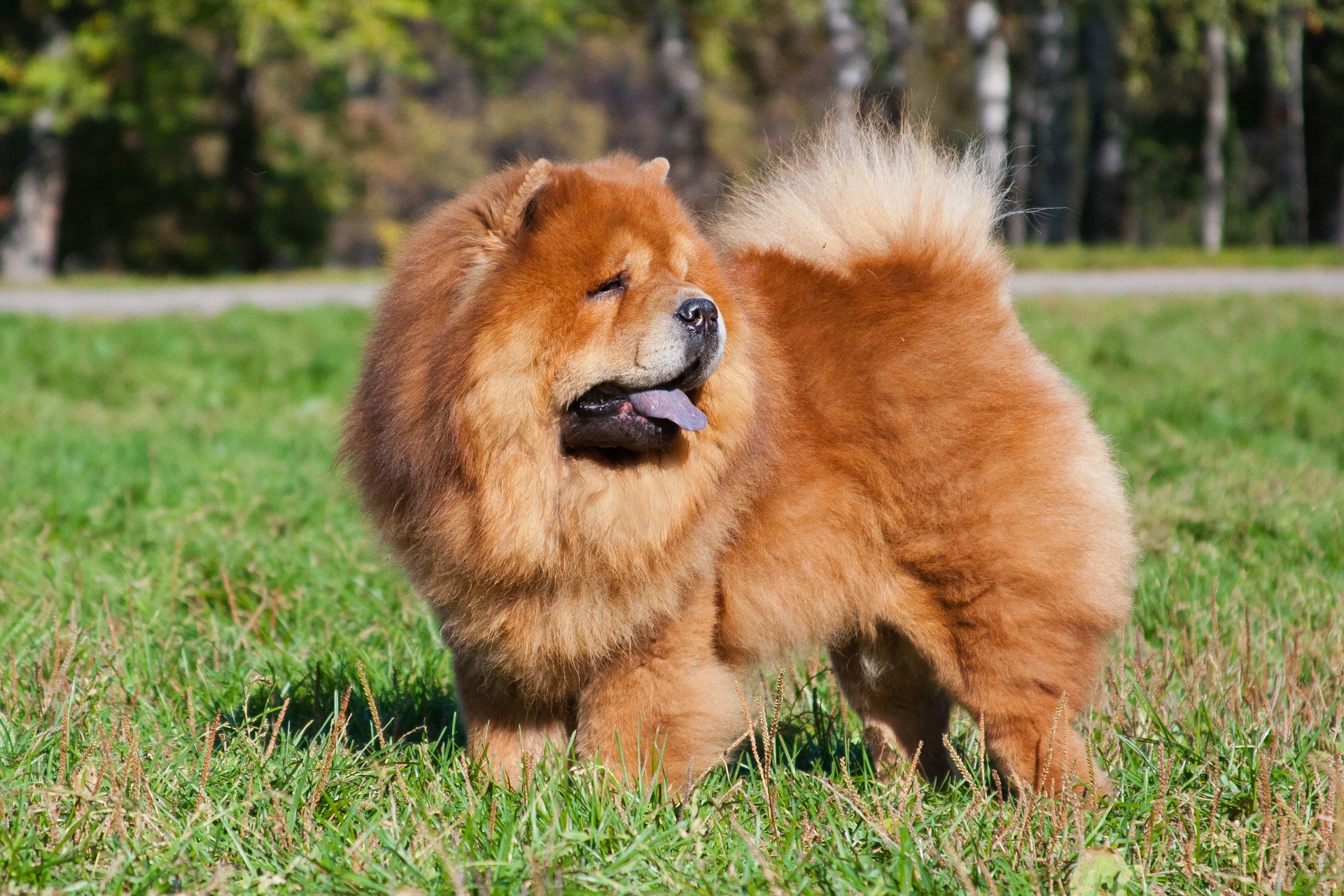
Chow Chows boast a trademark “lion’s mane” and a dense undercoat. They typically blow their coat twice a year, releasing a tremendous amount of fur. Daily or frequent brushing is practically required during these times.
11. German Shepherd
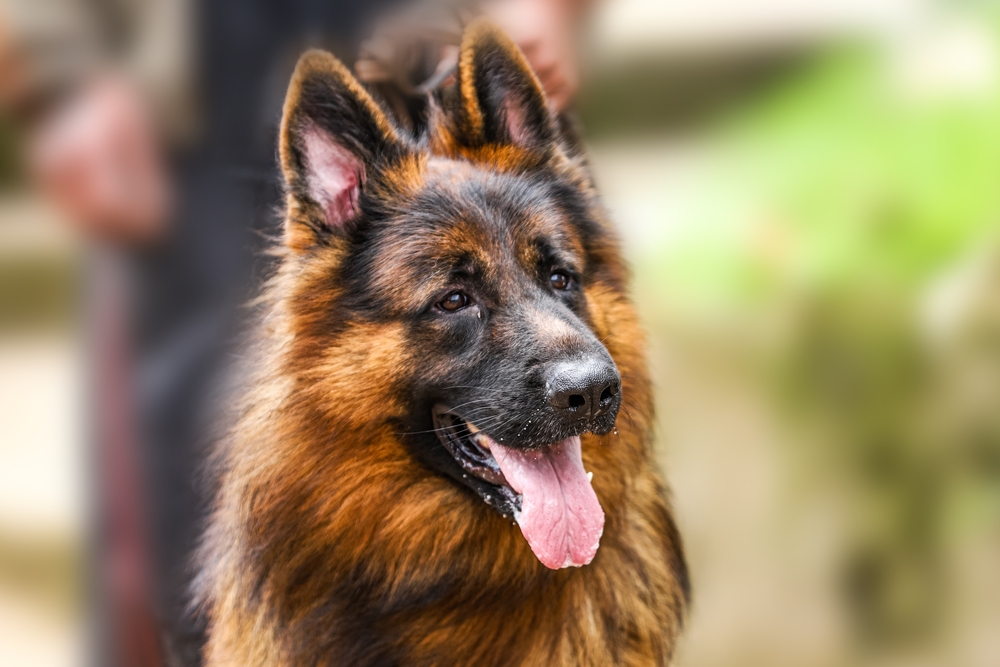
German Shepherds have a dense double coat and tend to shed lightly all the time. However, you’ll see some pretty intense shedding spells in spring and fall, when tufts of undercoat come loose. Consistent grooming is key to manage all that fur.
10. Keeshond
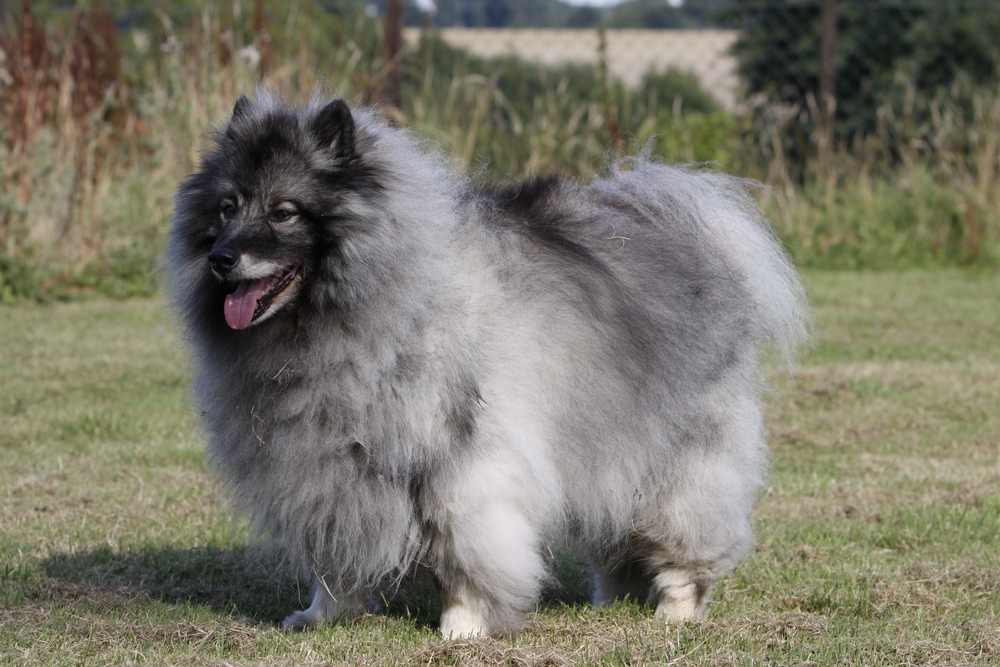
Keeshonden are spitz-type dogs with a profuse, grayish double coat. They’re well-known for “blowing” their undercoat seasonally. Daily brushing is almost essential during these periods to keep your floors from becoming carpeted in fur.
9. Bernese Mountain Dog
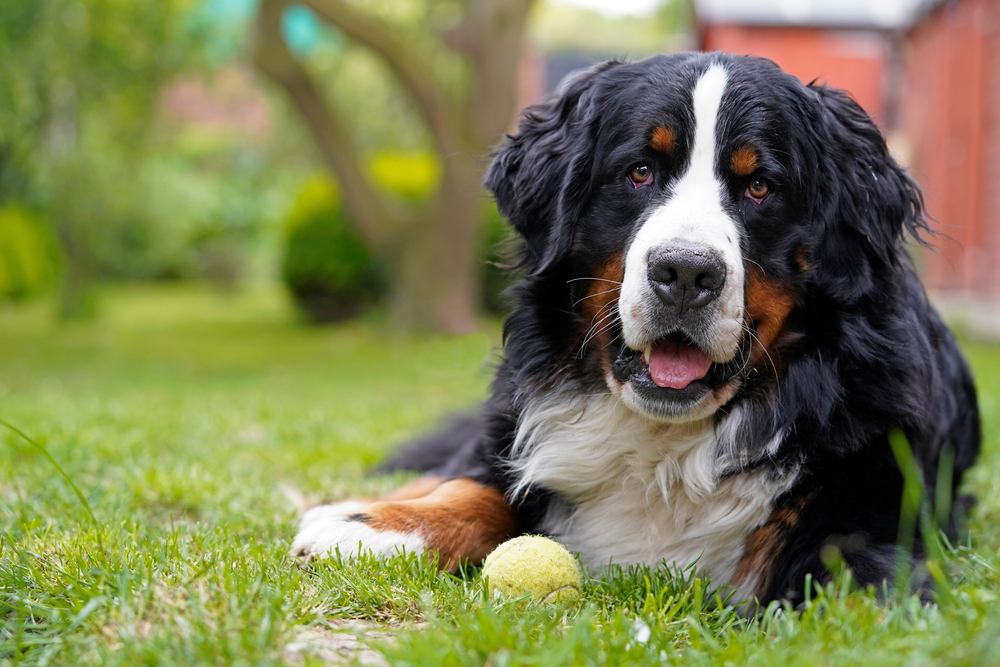
Berners have a long, thick, gorgeous coat that sheds substantially—especially the undercoat during seasonal changes. Long strands of hair can collect on floors and furniture, so routine grooming is important for a cleaner home.
8. Saint Bernard
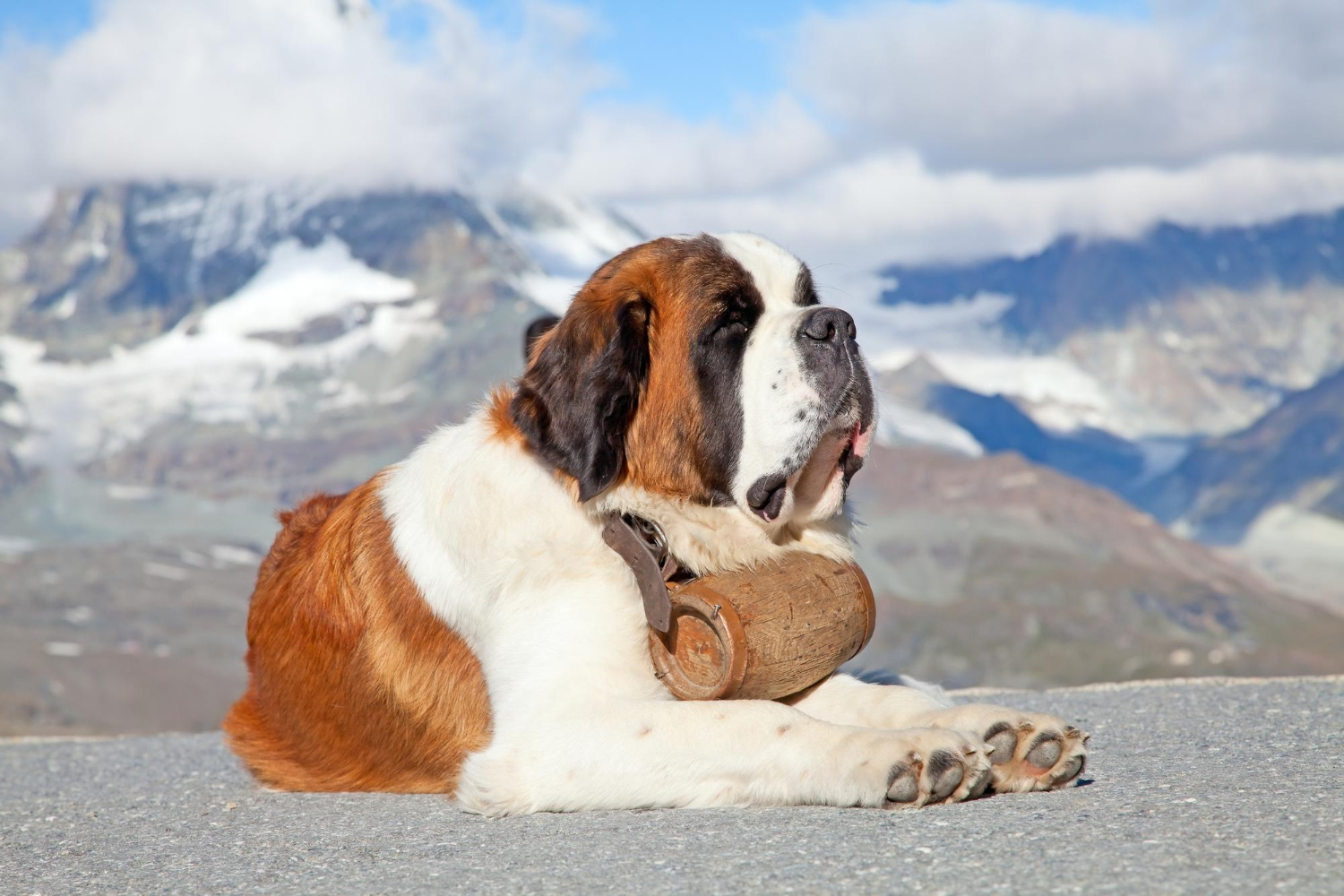
Saint Bernards (both long- and short-coated) shed a lot simply due to their size and coat density. Shedding peaks during seasonal changes. The long-haired variety needs extra attention to prevent tangles and matting.
7. Great Pyrenees
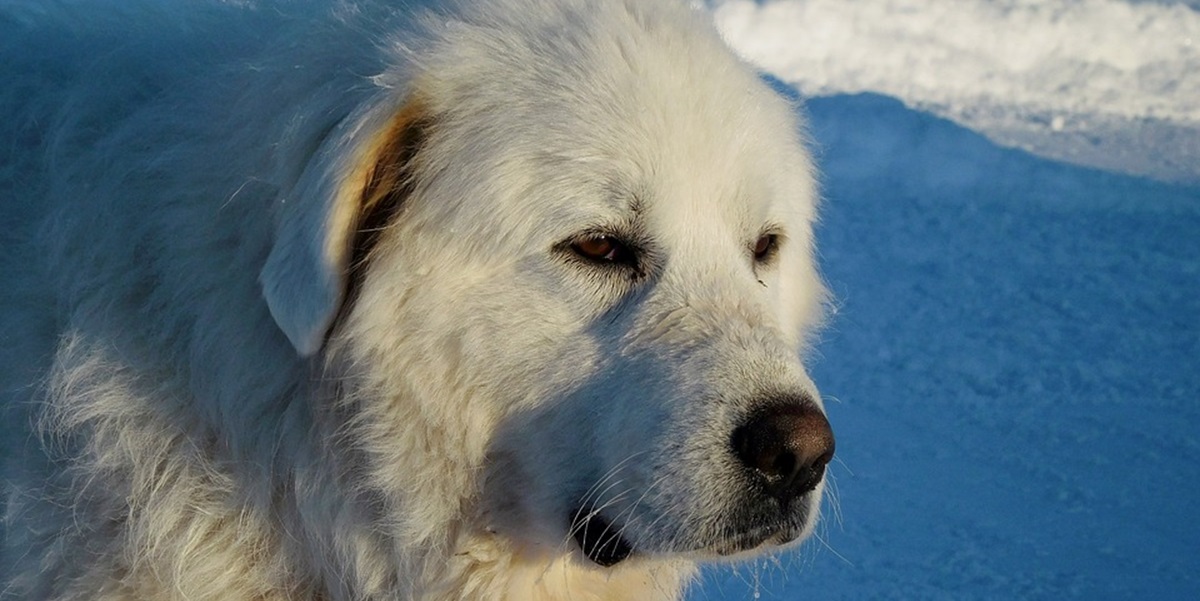
These large, white mountain dogs have a dense coat with a thick underlayer. They shed more heavily when switching from a winter to a summer coat, but you’ll still see moderate shedding for the rest of the year.
6. Newfoundland
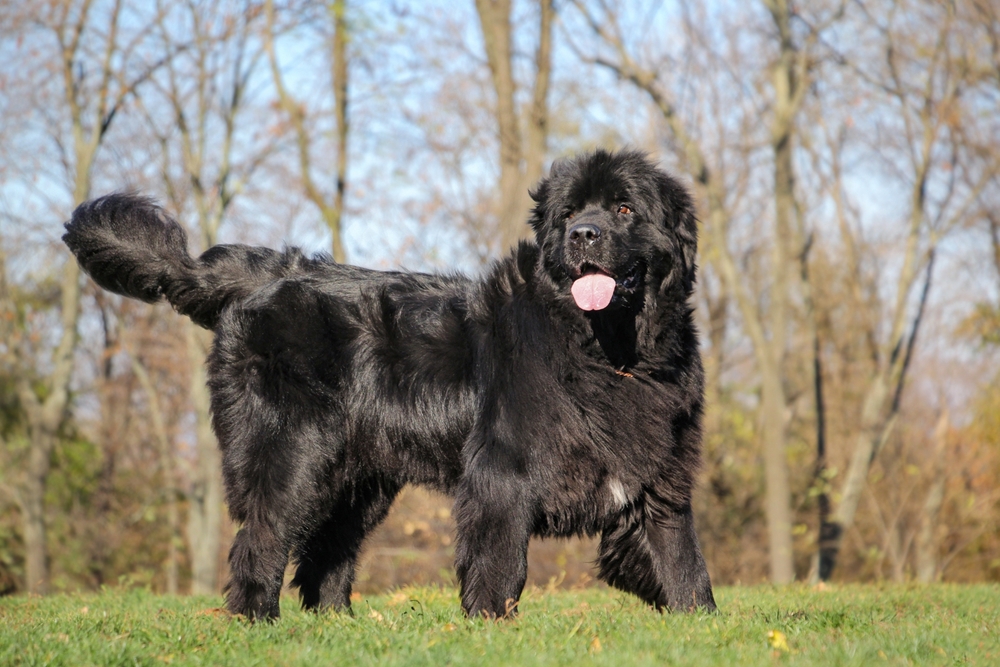
Newfoundlands have a heavy double coat designed for cold, wet conditions. They shed a ton, especially during seasonal transitions. Consistent brushing and vacuuming will be necessary if you don’t want to be buried in fur.
5. Old English Sheepdog
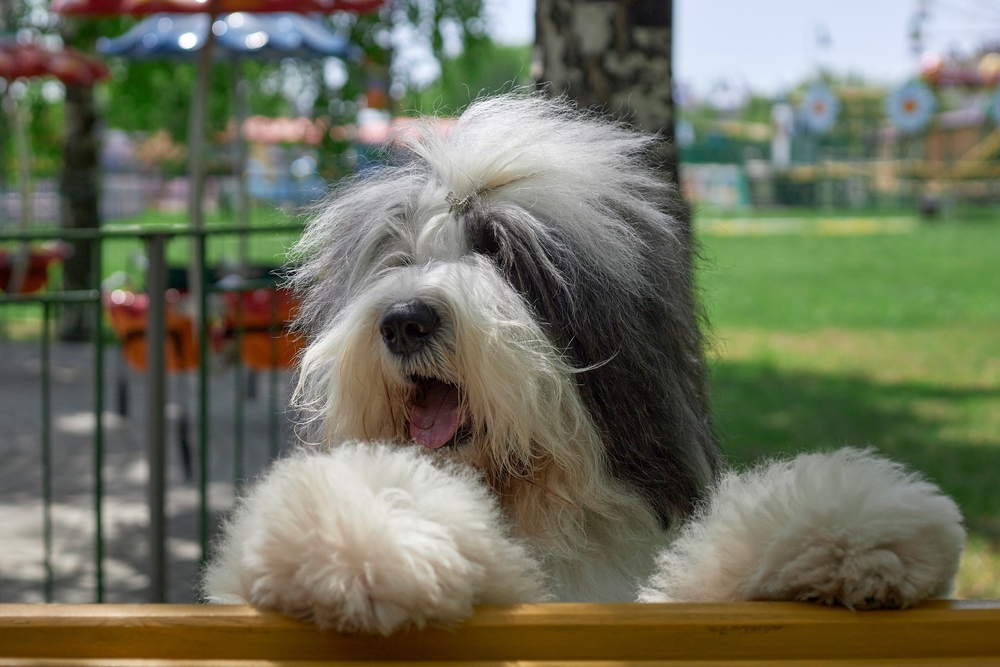
Also known as the “Bobtail,” the Old English Sheepdog has a long, thick coat that can easily mat if not tended to. They shed heavily—particularly when that dense undercoat starts coming out. Many owners keep their coats clipped shorter to reduce daily maintenance.
4. Akita Inu

Akitas have a thick, coarse outer coat and an exceptionally dense undercoat that typically sheds in large, dry clumps once or twice a year. During those times, prepare for daily brushing or you’ll find fur tumbleweeds rolling across your floors.
3. Siberian Husky
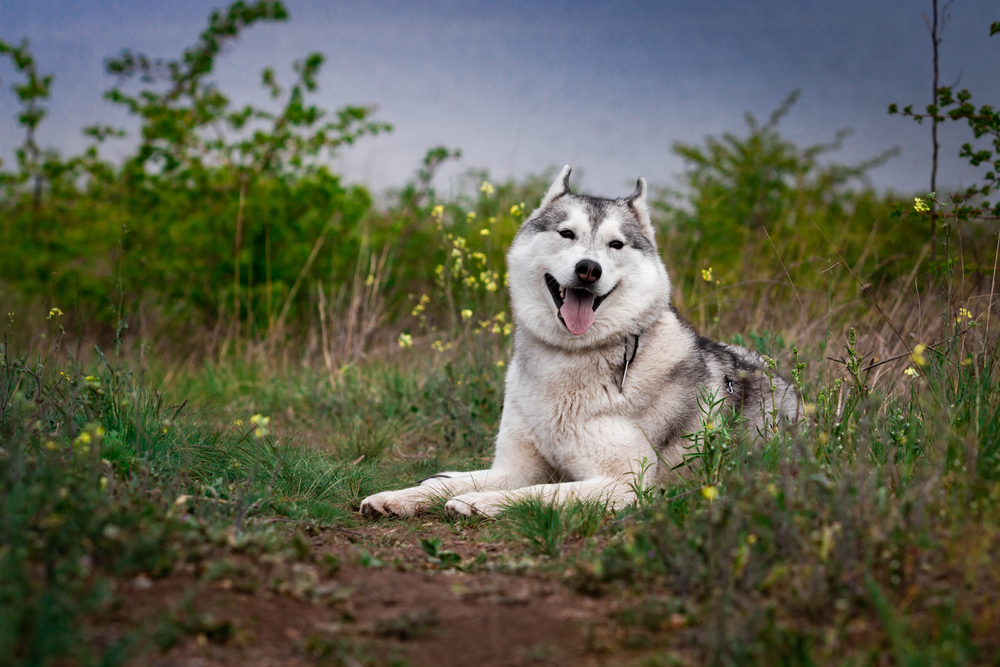
Bred for arctic conditions, Huskies have a very thick double coat. When they blow that coat (usually in spring and fall), giant tufts of undercoat can appear to float around your home. The rest of the year, the shedding is still noticeable but not nearly as intense.
2. Samoyed
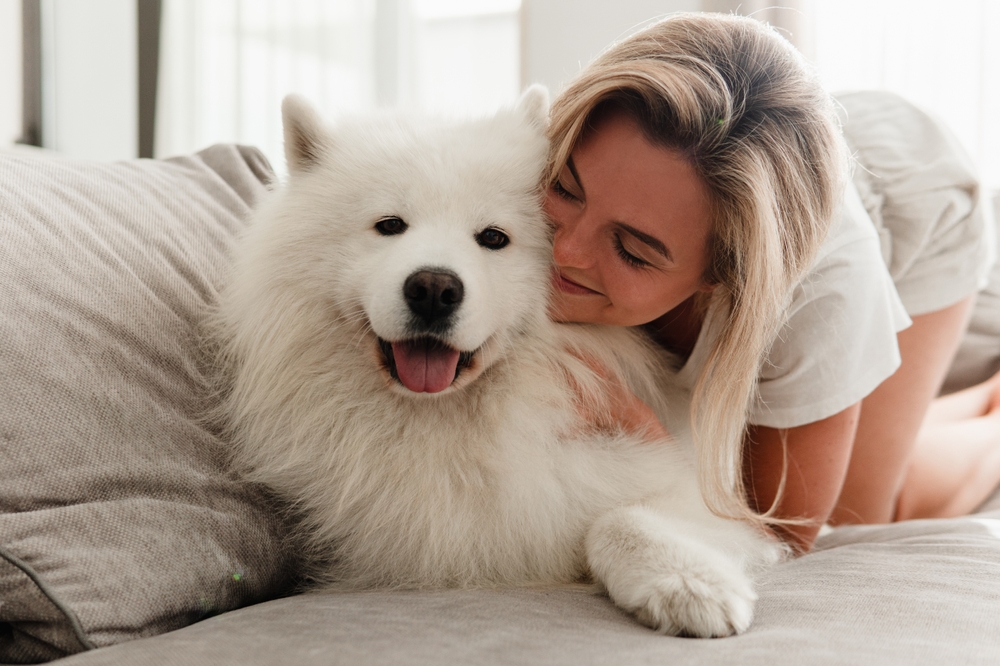
Samoyeds are bright white, fluffy, and known for a super-soft, dense undercoat that seems to multiply in shedding season. They usually blow their coats twice a year, and the amount of shed fur can be downright shocking. Many owners brush them daily during these periods.
1. Alaskan Malamute
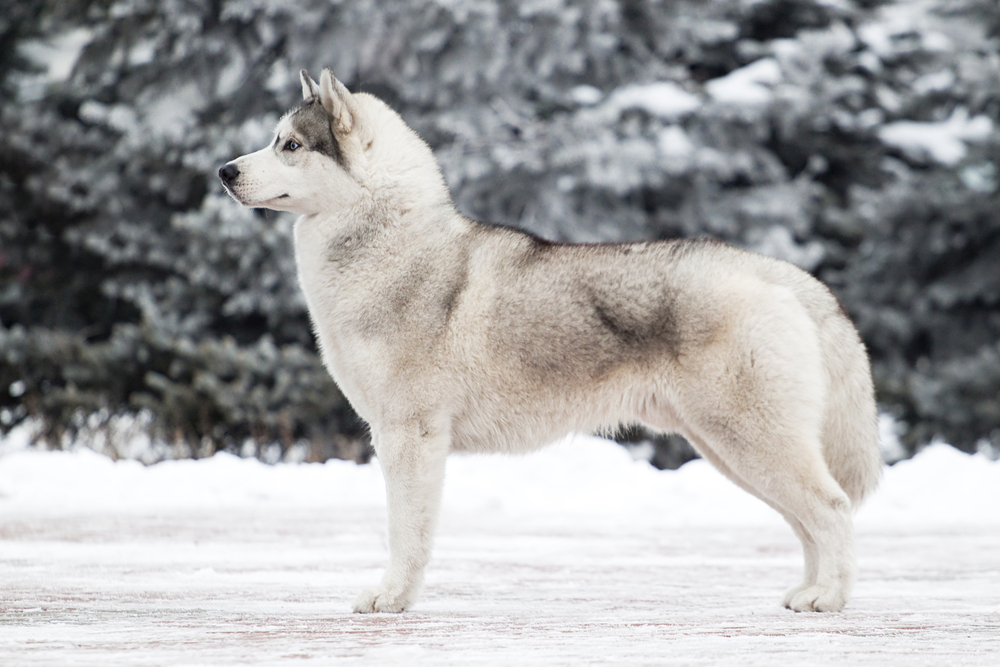
Topping the list is the Alaskan Malamute, with an extremely thick double coat meant to withstand harsh, freezing temperatures. When this breed sheds, it can feel like you could make a whole extra dog with the hair. Routine grooming is essential to avoid a total fur takeover in your home.
Read more: Steer Clear of These 20 Dog Breeds When Choosing Your First Dog

